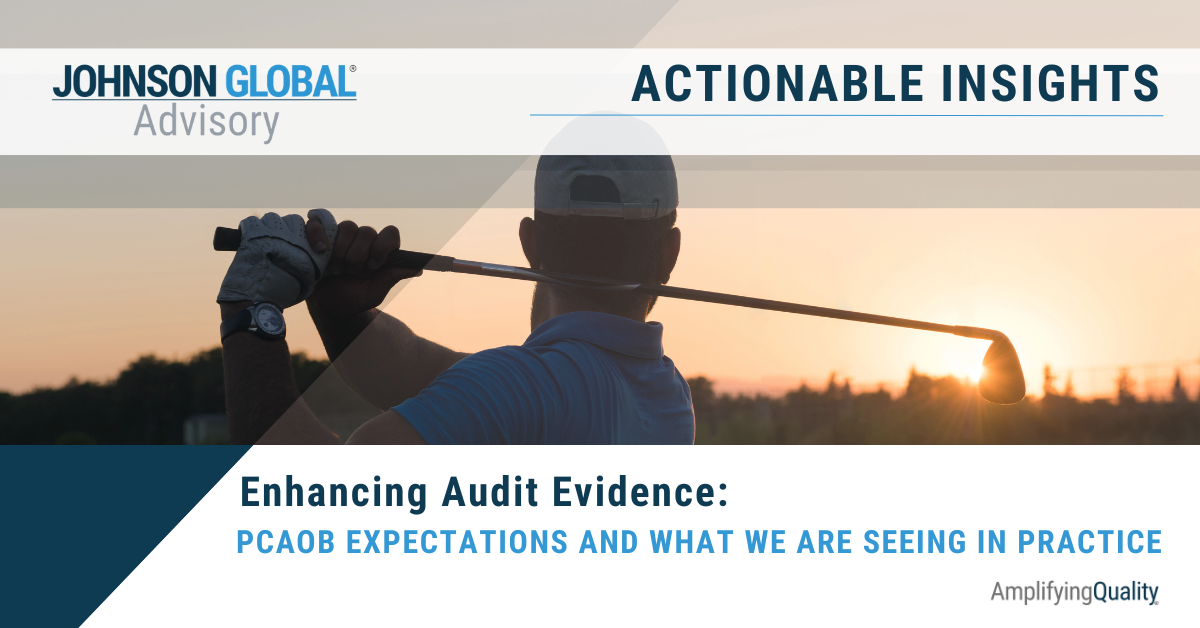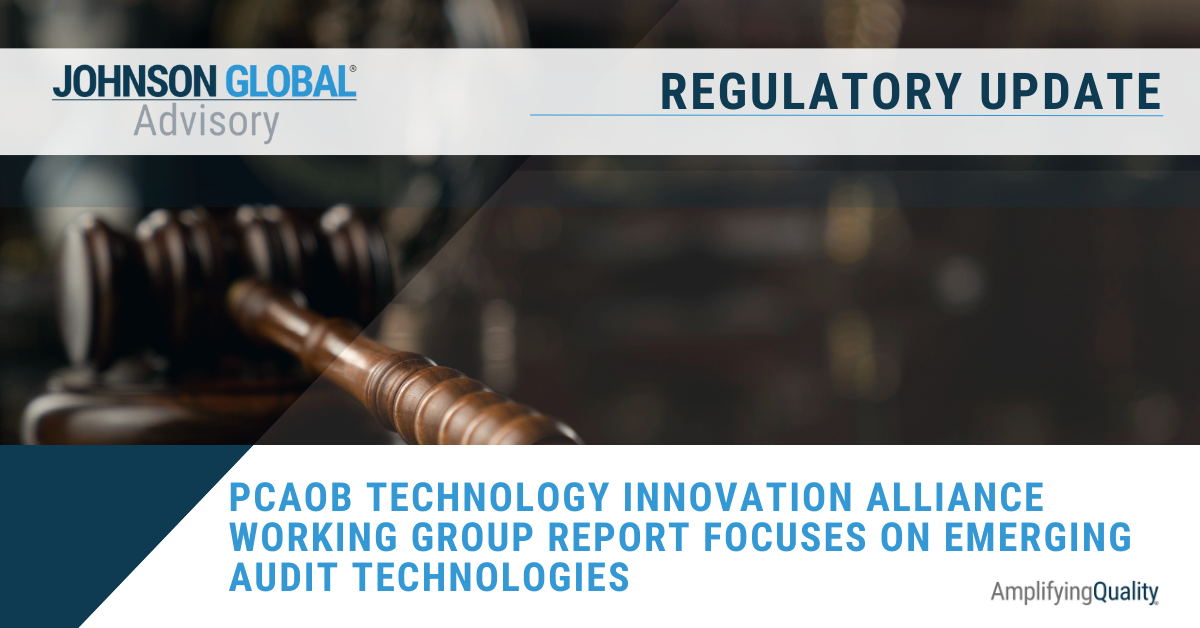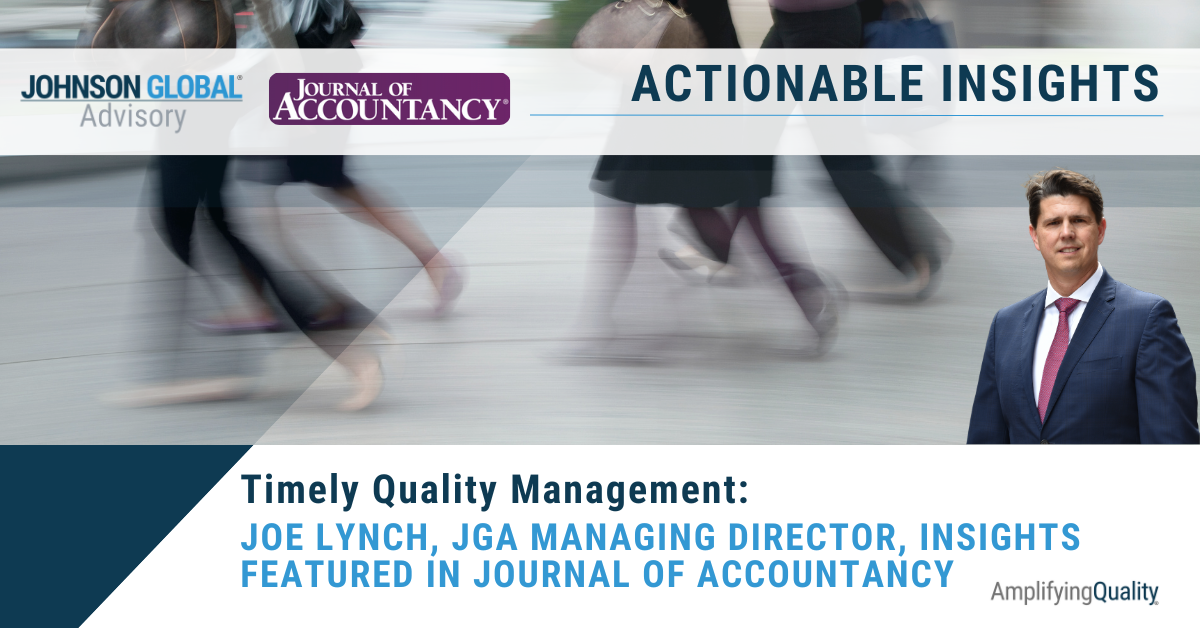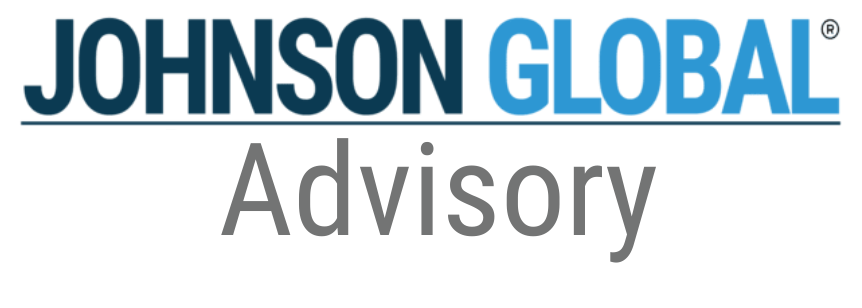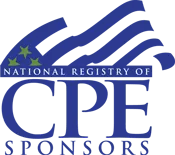Call a Spade a Spade: Is there a distinction between PCAOB and AICPA audits?
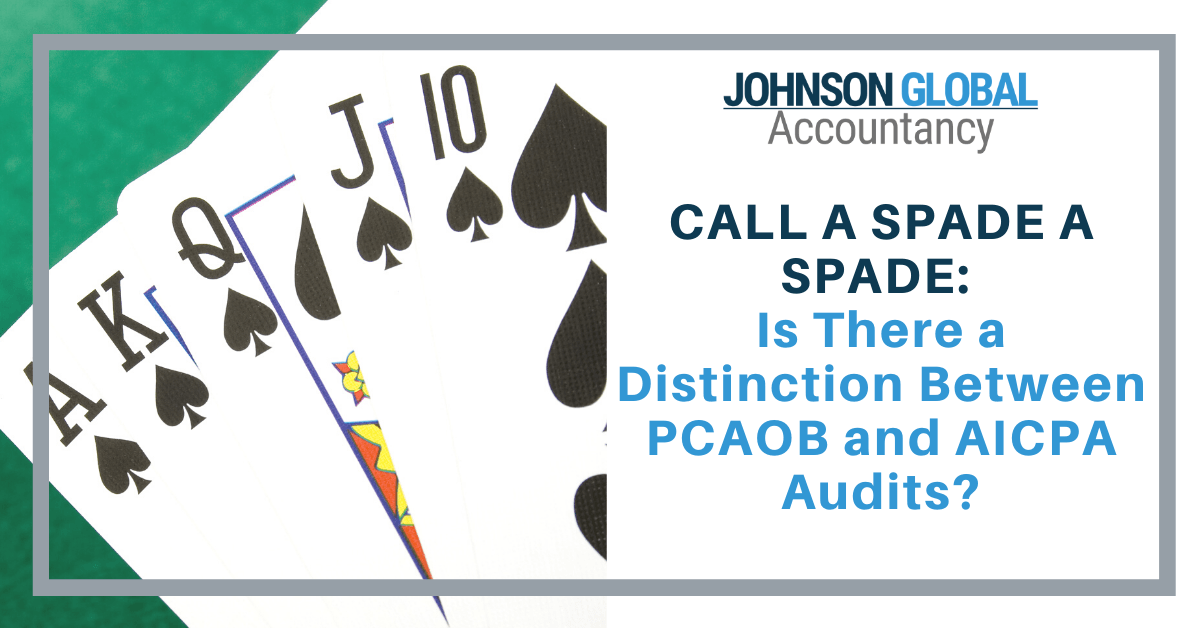
Firms have a habit of dividing audits between PCAOB/SEC audits and AICPA / private company audits. This permeates methodology, training, staffing, career paths, and honestly, all facets of a firm’s system of quality management.
I fully acknowledge that there are distinct differences in requirements for a PCAOB audit versus an AICPA audit, especially if the PCAOB audit is integrated under SEC 404 requirements. But let’s also have an honest dialogue and acknowledge that the core audit principles (I’m talking planning and risk assessment, understanding the entity and its controls, and the design of the overall responses to the risks of material misstatement) are VERY similar.
While 404 may require the testing of internal controls, regardless of the audit opinion or auditing standard, ALL auditors have to understand the company’s processes and controls and evaluate the design and implementation of those controls. The only difference between an integrated and a non-integrated audit is the testing over operating effectiveness of controls. This is true for both PCAOB and AICPA audits. In fact, let’s take a look at the guidance:
PCAOB: AS 2210.18 and .20 states: The auditor should obtain a sufficient understanding of each component of internal control over financial reporting ("understanding of internal control") to (a) identify the types of potential misstatements, (b) assess the factors that affect the risks of material misstatement, and (c) design further audit procedures…Obtaining an understanding of internal control includes evaluating the design of controls that are relevant to the audit and determining whether the controls have been implemented.
AICPA: AU-C Section 315.13 and .14 states: The auditor should obtain an understanding of internal control relevant to the audit…When obtaining an understanding of controls that are relevant to the audit, the auditor should evaluate the design of those controls and determine whether they have been implemented by performing procedures in addition to inquiry of the entity's personnel.
Both PCAOB and AICPA require the same planning procedures. The extent of those procedures will depend on risk and complexity of a client, but the procedures are the same: understand design of controls and determine whether they have been implemented. In fact, the guidance for AICPA indicates that evaluation of design and implementation is more than just inquiry. The PCAOB also states that in controls, inquiry alone is never sufficient.
If we take a step back, the reason both standards require this understanding of controls is because once an engagement team understands the controls, they can then identify the risks and potential misstatements and from that understanding, appropriately design an audit approach, whether integrated or not.
Time and again, when helping firms with audit quality, I’ll hear firms say something along the lines of “well, that’s a private company audit, so it’s different.” Is it really though?
The most unique aspects of a PCAOB audit stem from certain specific SEC and PCAOB independence requirements, specific audit committee communication requirements, and a few other auditor reporting considerations, such as critical audit matters. However, the majority of the audit standards are very similar. This shouldn’t be a surprise since the PCAOB initially took the AICPA auditing standards and adopted them as interim standards until the PCAOB could issue official guidance. While there is some wordsmithing here and there, the core principles remain largely unchanged. Perhaps the most significant difference in the two audit standards is the requirement of the PCAOB to perform a test of detail to address a significant risk and/or fraud risk, regardless of controls reliance, while the AICPA only requires a test of detail if there is no controls reliance.
There really isn’t much of a distinction otherwise. So why do firms treat AICPA and PCAOB audits so differently? Well, in my opinion, it’s because the PCAOB performs inspections and holds firms strictly to the standard. There is no regulator for the AICPA; rather, enforcement of AICPA standards is accomplished through peer review. Is that really sufficient? Isn’t peer review and the lack of an enforcement agency what ultimately gave rise to the PCAOB in the first place?
Essentially, firms are dividing audits between PCAOB and AICPA standards because the regulator of PCAOB auditing standards holds firms to a higher bar. Standards are largely the same and yet, we treat them as night and day. Is that really the right approach? When I challenge firms on auditing, generally most will acknowledge that audit is audit is audit, regardless of the standards. But when it comes to how we actually execute audits, firms inherently accept that there is a different standard. If we accept that there are minor differences between a PCAOB and AICPA audit, let’s see how that might change or impact aspects of a firm’s system of quality management.
Training
Currently, most firms break up their staff into public company and private company auditors and provide different training and career paths for the two populations. Does that really make sense? Perhaps audit training should be the same for all staff. The principles, after all, are largely the same. For those who work on a PCAOB audit, perhaps those staff should also attend a supplemental training where the “bridge” from an AICPA to a PCAOB audit is explained. But that might only be an additional hour or two of training. There just aren’t that many differences otherwise, to merit two distinct training paths.
In particular, I find this to be overwhelming present within the space of ICFR. Again, both PCAOB and AICPA have the same minimum requirements for understanding the design and implementation of controls and yet, most AICPA auditors never receive in-depth ICFR training. Historically, given most private company audits are non-integrated, perhaps that was okay. But with the ever-increasingly pervasive nature of technology within clients, all auditors need to have a strong understanding of internal controls. This helps to identify risks and plan an appropriate audit response.
Increasingly, I am seeing engagement teams struggle with adopting “hybrid” approaches to testing data and information coming from systems, but ultimately asserting to a “non-controls reliance” approach. In other words, teams don’t think they’re relying on controls, but they are relying on system generated reports which are inherently relying on controls over a system in order to ensure reliability. When I have conversations with these teams, they are quickly lost. Some assert to the fact that they evaluated the design of ITGCs and believed that they could rely on the system without testing the operating effectiveness. Some assert to the testing completeness and accuracy of information by tying a report back to the system. Well, that’s fine, except you haven’t tested controls over inputs into the system and you have tested controls around the system. These hybrid approaches are popping up more and more and teams don’t have the rhetoric or knowledge to understand internal controls, in particular around systems and information. If teams understood these concepts (because they were invited to ICFR trainings), they might be able to better plan a more appropriate audit approach, taking into account the decision to test or not test controls. It starts first with understanding; knowledge is power.
Methodology
Methodology is another area firms distinguish between PCAOB and AICPA audits. Again, I fully acknowledge that there are differences between the two standards and so an audit binder should have supplemental workpapers for a PCAOB audit that “bridge” the gap, such as requirements around independence and audit committee communications, etc. But again, the main audit principles are the same.
I think it’s appropriate to have two different “workpaper setups” for public and private company audits that ensure engagement teams will meet the minimum requirements. What I find is perhaps less acceptable is to have different methodologies when the standards are largely the same.
Let’s consider sampling for a moment. I’ve worked with multiple firms that have different sampling methodologies for public and private company audits. In the public company space, the PCAOB often challenges the use of a judgmental sample if the remaining untested balance is material. As a result, firms have moved away from judgmental samples in PCAOB audits and instead pushed teams to either apply targeted sampling (i.e. targeting items until the untested balance is below materiality) or statistical sampling. However, I’ve heard comments that in the private company space, the firm still often uses judgmental samples, and these are considered acceptable.
Let’s take a look at the sampling guidance for an AICPA audit. AU-C Section 530.06-.08 indicates:
When designing an audit sample, the auditor should consider the purpose of the audit procedure and the characteristics of the population from which the sample will be drawn. (Ref: par. .A7–.A11) The auditor should determine a sample size sufficient to reduce sampling risk to an acceptably low level. (Ref: par. .A12–.A14) The auditor should select items for the sample in such a way that the auditor can reasonably expect the sample to be representative of the relevant population and likely to provide the auditor with a reasonable basis for conclusions about the population. (Ref: par. .A15–.A17)
When taking a deeper look into the referenced guidance (i.e. A14), the AICPA guidance specifically states:
The decision whether to use a statistical or nonstatistical sampling approach is a matter for the auditor's professional judgment; however, sample size is not a valid criterion to use in deciding between statistical and nonstatistical approaches…An auditor who applies nonstatistical sampling exercises professional judgment to relate the same factors used in statistical sampling in determining the appropriate sample size. Ordinarily, this would result in a sample size comparable with the sample size resulting from an efficient and effectively designed statistical sample, considering the same sampling parameters…
The AICPA does allow for judgmental samples, but it also explicitly states that those samples should consider the same sampling parameters (i.e. tolerable misstatement, expected misstatement, risk of material misstatement, assurance from other substantive procedures, number of sampling units, and stratification, etc.) and should be comparable to a statistical sample. Do you know how many times I’ve seen teams apply “professional judgment” and test only five items or maybe ten items? And when I ask what a statistical sample would yield, the answer is “Way too many. We ran the model and it would have been in the hundreds.” The AICPA explicitly states that “…sample size is not a valid criterion to use in deciding between statistical and nonstatistical approaches.” My response is always, “So how does this judgmental sample take into account risk of material misstatement and materiality?” The answer, to which, is typically silence. No documentation and no response.
This is just one example of how firms allow for different methodologies for public and private company audits, even though the principles are largely the same.
Firm Monitoring
Finally, as part of PCAOB and AICPA quality management standards, firms are required to perform internal monitoring procedures. This typically translates into lookback reviews performed during the slower summer months over a sample of audits.
In its Staff Update and Preview of 2020 Inspection Observations, the PCAOB indicates that it is
We also observed situations where we identified deficiencies through our inspection procedures that were not identified through an audit firm’s internal inspection procedures directed to the same engagements. Such results may indicate that the audit firm’s QC system related to monitoring does not provide reasonable assurance that the audit firm’s internal inspection program is suitably designed and/or being effectively applied.
What this tells me is that firms apply a different level of rigor internally than the PCAOB. It comes as no surprise that the PCAOB, being the regulator is by far the most exigent in terms of adhering to standards. Some might argue, it’s overly exigent, but that’s a debate for another time. The point of the matter is that firms are inherently missing the mark when inspecting their own work and are failing to identify quality concerns.
If firms are failing to identify internal issues, what does that mean for the peer review process for AICPA audits? The auditing profession was self-regulated up until the Enron scandal and the collapse of Arthur Andersen which brought about the advent of the PCAOB and Sarbanes-Oxley. I’m not saying the PCAOB is always right or justified, but that the profession missed the mark once before and if the PCAOB is finding that firms’ internal inspections are not of a sufficient quality, then arguably, peer reviews are not being held to the same rigor. I believe this all stems from the fact that firms, and the industry as whole, views PCAOB and AICPA standards as inherently different and thus, applies an inherently different level of quality. Yes, there is less public exposure in the private company world, but does that mean audits should be performed at a different level of quality?
When the auditing standards (or the core principles at least) are arguably the same, why do we have such a divergence in application of the standards when we execute on public company and private company audits? At the December AICPA SEC Conference, the SEC’s Division of Enforcement asked the question, “Where are the gatekeepers?” They indicated that there is an erosion of trust in the markets. The Division went on to share numerous examples of accounting concerns and made very clear they are challenging the gatekeepers, which includes the audit firms issuing the opinions.
Let’s call a spade a spade. An audit is an audit is an audit, regardless of whether it’s a PCAOB audit or an AICPA audit. Yes, there are distinct differences, but the core of an audit is the same. It’s time we as a profession apply the same level of quality to public as well as to private company audits.
Dane Dowell is a Director at Johnson Global Accountancy who works with PCAOB-registered accounting firms to help them identify, develop, and implement opportunities to improve audit quality. With over 12 years of public accounting experience, he spent nearly half of his career at the PCAOB where he conducted inspections of audits and quality control. Dowell has extensive experience in audits of ICFR and has worked closely with attorneys in the PCAOB’s Division of Enforcement and Investigations. Prior to the PCAOB, he worked with asset management clients at PwC in Denver, Singapore, and Washington, DC.
